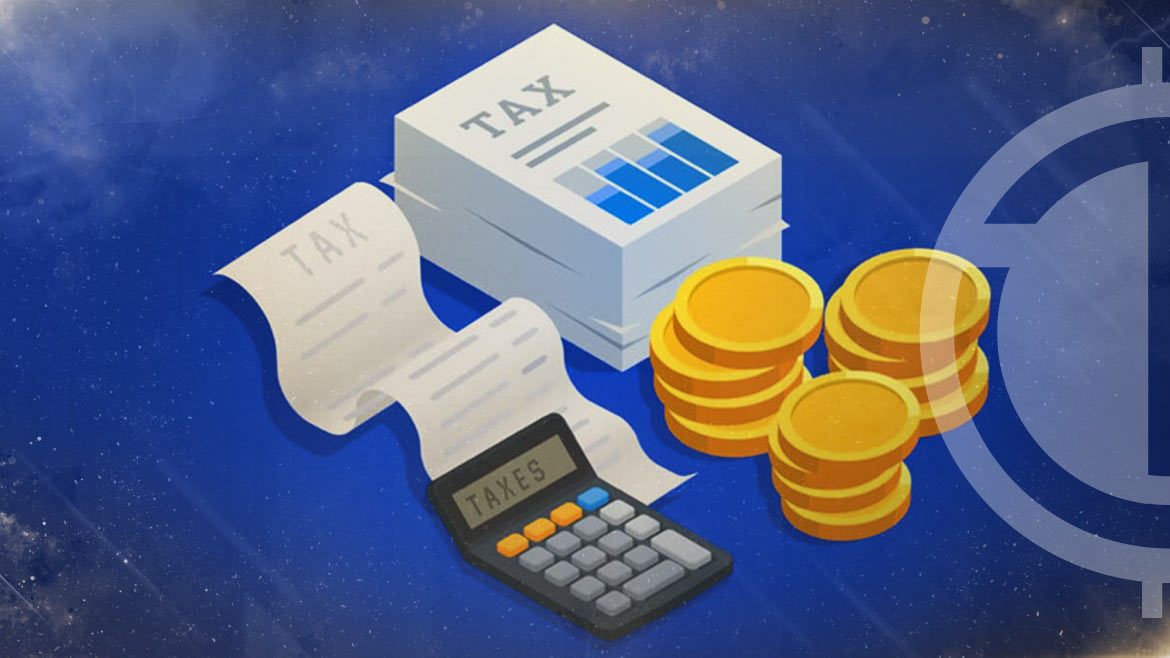Prominent cryptocurrency exchange Coinbase recently shared comprehensive guidance with a link to their tax guide. Highlighting the new developments and compliances in a series of tweets, Coinbase tweeted:
🧾 Tax season is upon us!
— Coinbase 🛡️ (@coinbase) January 30, 2023
Learn what you owe and how to file with our easy-to-use tax guide: coinbase․com/taxes.
Here's what’s new this year 🧵👇
Coinbase states the relevant tax document the IRS requires, the 1099-MISC, is available for customers earning a crypto income of $600 or above. An even more accurate assessment of customer gains and losses is now available.
Coinbase states, Manually edit the cost basis on your sends and receives to and from wallets and other exchanges.
Coinbase users can also select their accounting method (LIFO, FIFO, or HIFO) in consonance with the manner in which they historically filed their crypto taxes.
In context, Coinbase reveals last year, Coinbase gains and losses were automatically calculated using the HIFO account method.
In related news, the United States (U.S.) Internal Revenue Service (IRS) has just released an official tax filing reminder for the U.S. citizens. The U.S. citizens, while calculating their 2022 cryptocurrency income, apart from the IRS’ tax compliances, have the new Inflation Reduction Act (IRA) to assess.
Effective January 1, 2023, the IRA brings about various taxes for some corporations and industries with the potential that could also involve the crypto market. The IRA brings five new taxes, soaring the prices of cryptocurrency products and services.
The first is a regressive tax on American oil and gas development, skyrocketing the household energy bills’ cost. So, natural gas and electricity prices would rise, impacting the cost of living for the U.S. families.
Then there is the 16.4 cents-per-barrel crude oil and imported petroleum products’ tax, soaring the gas prices. Lastly, the third tax rate applies to coal mining, soaring electricity bills.






